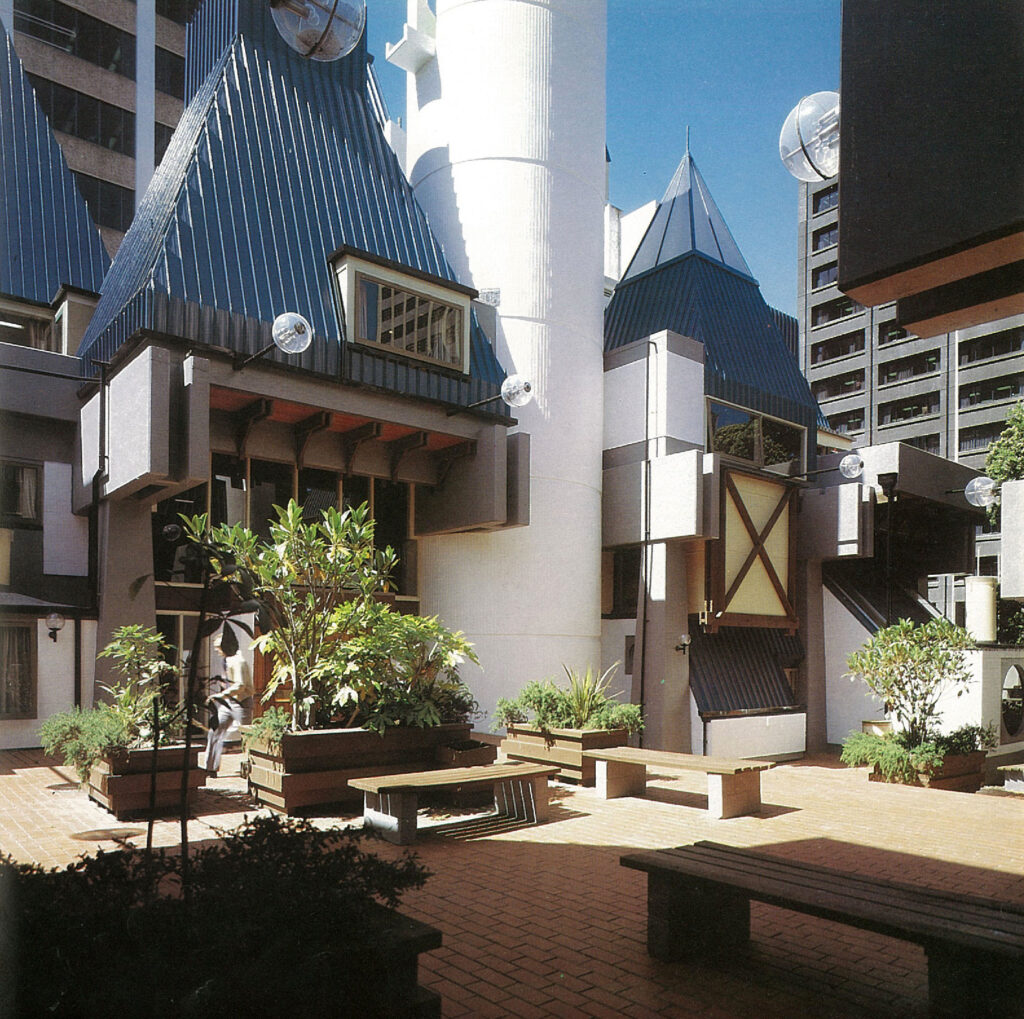The 1960s and 1970s saw the rise of a unique style of New Zealand architecture. Two of the best known exponents of this new form were the Wellington based architects, Roger Walker and Ian Athfield.

The ‘Enfants Terribles’ of Wellington architecture, Roger Walker and Ian Athfield shook up the scene like few had done before them and in the 1970s were among the first New Zealand architects to become household names. Though they each had their individual distinctive style, they both created work that reacted against then-dominant modernist architecture in the 1960s and 1970s and created a new form that was unique to this country. By the time they began their professional careers in Wellington, there were few flat sections left within the urban boundary so housing developments increasingly began to spread up steeply sloping hill suburbs around the city’s perimeter. Each architect produced bold designs that integrated with the natural form of the land rather than trying to fight against it. Rooms were often positioned for maximum light and views and experimented with bold colours, unusual shapes and both new & recycled materials. In many respects their designs were forerunners to the rise of postmodernism which was embraced in New Zealand in the second half of the 1980s (exemplified in Ian Athfield’s design of the Wellington Central Public Library, Te Matapihi)
Continue reading “The Rise of Vernacular Architecture in Wellington”


